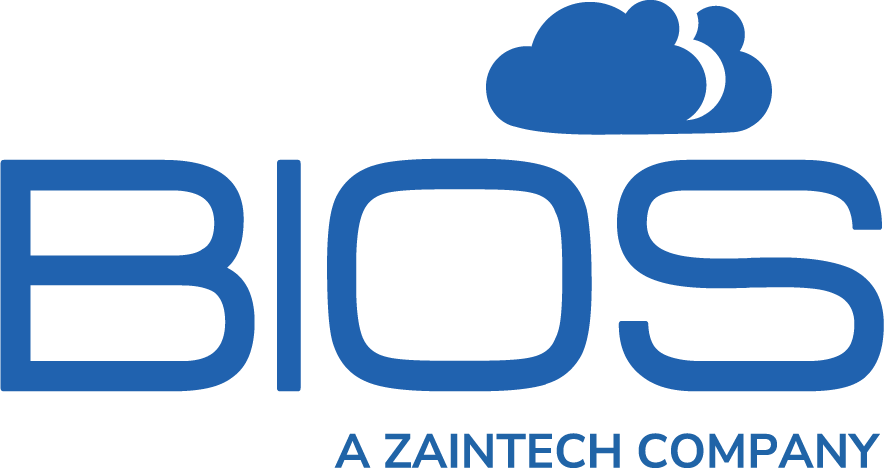 Investing wisely in your assets and infrastructure is key to a higher return on investment. However, to really understand which infrastructure is most cost-effective for your business, you need to perform meaningful cost comparisons.
Investing wisely in your assets and infrastructure is key to a higher return on investment. However, to really understand which infrastructure is most cost-effective for your business, you need to perform meaningful cost comparisons.
Cloud Total Cost of Ownership, or TCO for short, is a metric that defines and assesses how effective the cloud is for you by adding up all the costs associated with the purchase, operation, and maintenance of your cloud components.
Why should you analyze TCO and what will you gain from it?
A TCO analysis of the cloud is important to ensure that you do not end up paying for more resources than you need. When you migrate to the cloud, the cost will be driven by how much manpower you would need to manage it, what hardware you would need, and many other managed services.
By first forecasting what your organization’s requirements would be in the near future, you can decide whether migrating to the cloud will be such a good decision after all. An organization's costs and requirements are dynamic, which is why it is best to proactively decide your requirements so that you have the resources when you need them.
An effective TCO analysis will give you a clear distinction between what your current assets are able to provide against their costs and how the cloud can help bring that number down in the long term.
Understand the Cloud TCO components
Performing an end-to-end TCO analysis is a long and cumbersome exercise. But breaking it down into parts and working on each component individually is key to doing proper analysis.
Capital
• Migration costs (including upgrades and optimization activities)
• Perpetual licenses
• Network devices (SD-Wan, upgraded firewalls)
Operational
• Licenses
• Cloud consumption
• Security product subscriptions
• Managed service costs
• People costs
• Unplanned consumption Expenses (bill shock)
Decommissioning
• Professional services
• Unused credit
• Overconsumption bills due to data transfer
Cloud TCO on BIOSME’s Cloud HPT
Since 2013, BIOS Middle East has been helping organizations understand their Cloud TCO and helping them map their transformation on the cloud.
CloudHPT provides central, tested, and standardized responses to the challenges of complex environments. Moving to CloudHPT can simplify procurement; reduce the risks associated with complexity, and bill shock, and make remote access to your systems and applications easier.
CloudHPT, GCC’s first CISCO-powered cloud, is the leader in cloud computing in the GCC, with a cloud footprint in UAE, KSA, Oman, Kuwait, and Jordan. Not only can we help simplify your IT and increase your ROI, but we can also offer the levels of security, performance, and availability that are critical in the cloud.
Engage with us to understand your Cloud TCO and start mapping the cloud roadmap/ migration. For a detailed cost of ownership of CloudHPT, reach out to us here.

